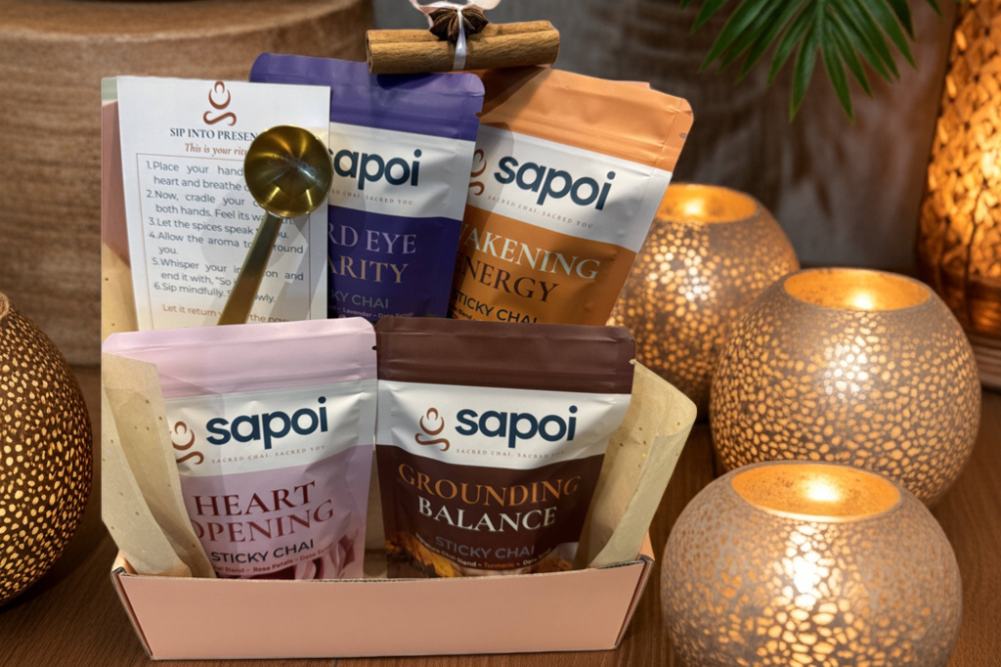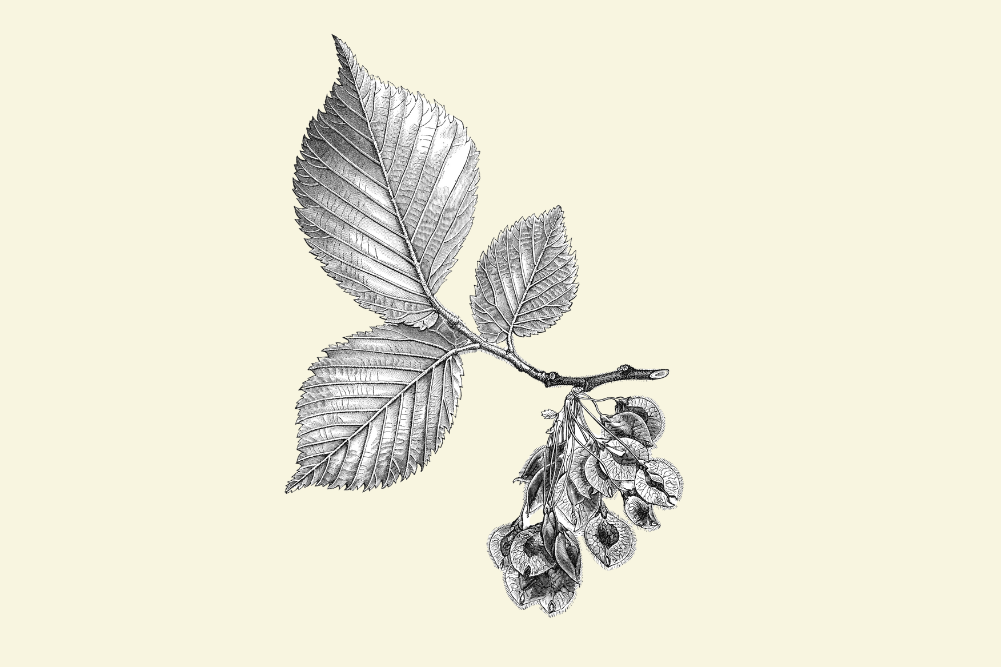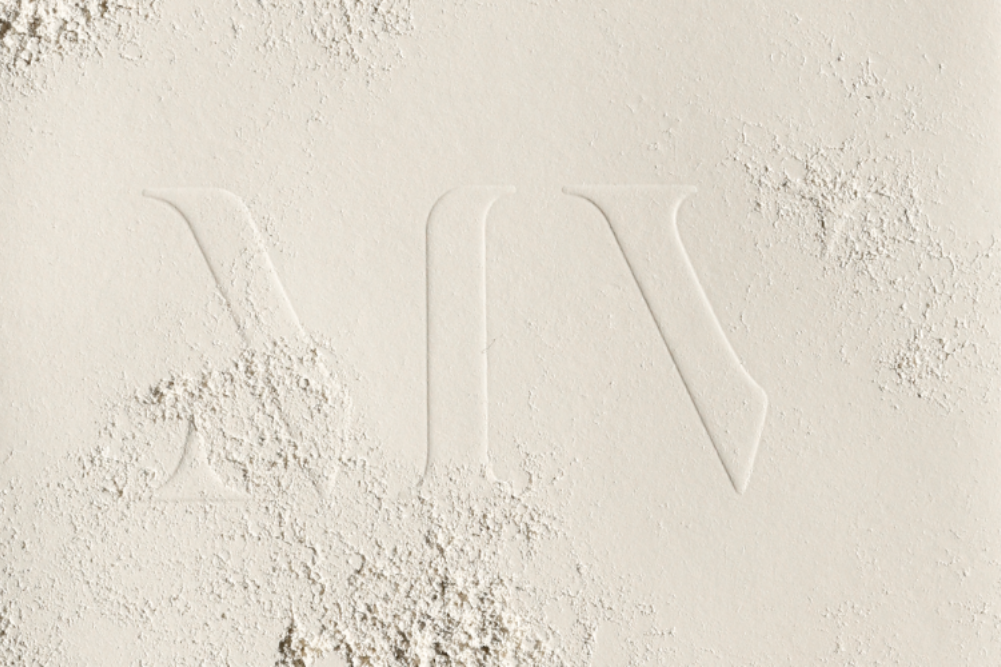Hug me do
You look like you need a hug. No doubt you have said those words a few hundred times, if not thousands, and you have had them said to you in equal proportion. It is a phrase that has various levels of meaning. It might mean that you look a mess and need tidying up. It could mean that you look wonderful and warrant a snuggle. It might indicate that you look emotionally fragile or physically depleted.
The common denominator in all these potential meanings is the assumption that a hug will make a difference. Some of us are more prone to a hug than others, but no doubt you can attest to the effects of a good hug and the research supports your anecdotal evidence. We will get to what makes a hug a really “good” hug in a moment, but before we get to that let’s take a look at how a hug affects your body and mind, and how we came to be a hugging species in the first place.
The evolution of hugging
A hug is defined in the research literature along the lines of bringing both arms around the body, with frontal trunk and head contact and variable amounts of patting, squeezing and rubbing. Kissing, hair-stroking and cheek-pressing are optional extras. That’s fine as far as a description goes, but if you want to understand hugging you can do worse than beginning by looking at the words “hug” and “embrace” to see how humans have viewed this act of wrapping your arms around someone and holding them to you.
Our word “hug” comes from the Saxon and Teutonic words “hog” and “hagen” which meant “to be tender of”. There’s a hint of the Swedish word “hugga” in there too, which means “to catch or seize”. “Embrace” has a Latin origin arising from the combination of “em” meaning “here you are” and “brachia” meaning “put one’s arms around”. Put all of this together and we get the sense of the gentle gift and acknowledgment of another that is a hug. There is really no doubt how pleasant a reciprocated hug can be, but how did we get to a place where we do hug each other so easily? After all, grabbing someone and holding them to you could conceivably be an aggressive act, and it’s not like we don’t have other greetings available to us.
When you meet someone you can nod, make eye contact and shake hands. On a purely functional level there is really no need to escalate things by holding onto each other in a hug … or is there? The answer to that begins in watching our primate cousins.
In an article for The Conversation Professor Robin Dunbar, head of the Evolutionary Neuroscience Research Group at the University of Oxford, pointed out that grooming behaviour in monkeys and apes functions on a couple of levels. On the one hand it performs the very real and useful role of getting rid of bugs and errant leaves, resulting in the hair and fur looking and feeling wonderful. We humans tend to turn to the hairdresser for this, but grooming serves another function too, in that the slow stroking involved stimulates a group of nerves known as C-tactile neurons that are found only in hair-bearing skin. These neurons are different from your everyday nerves that carry information about pressure, touch and pain. Instead, C-tactile neurons are quite fussy and will respond only to slow and light stroking, but when they are stimulated, they get straight down to business. C-tactile neurons have a direct route to the brain where they stimulate the release of endorphins, your own feel-good, pain-relieving chemicals that are up to 30 times more potent than morphine. Research by Dunbar and his colleagues has shown that hugging in humans causes a massive release of endorphins in the brain, just as grooming does in apes.
Since feelings of physical pain are processed in the same parts of the brain as psychological pain (the anterior cingulate cortex and the periaqueductal grey), a hug can ease you on both physical and emotional levels. On top of all of this endorphin action, hugs cause the release of oxytocin, a neuropeptide sometimes colloquially known as the “love hormone”, but in truth that phrase underplays it a little. When it is released by touch, oxytocin can lay a foundation for wellbeing on cognitive and emotional levels at the same time as strengthening social bonds and cementing trust.
In some cultures hugging is certainly more popular than in others, but it is no hipster fad — it has solid evolutionary and biochemical foundations as a human behaviour, and those foundations generate some profound effects.
Angst and hearts
While we eulogise the hug here, it is also true that some people do not enjoy a hug for whatever reasons. Those people won’t receive the benefits of a hug, so don’t just dive in unless hug permission is given. Hugging can also be inappropriate — we all know how the appearance in the corridor of Dougie the bearded office over-hugger can send people diving for their cubicles. Hugging doesn’t work the same for all people all of the time, but with those caveats in place, if both participants are up for a good hug, then the benefits are manifold.
Ease existential angst
Humans live with a degree of existential angst; it is part of being human, but that doesn’t make it fun. A study published in the journal Psychological Science showed that hugging can reduce existential fears, especially in people with low self-esteem. There is just something about an embrace that dissolves the anxiety of being human.
Heart healing
Hugs may heal your metaphoric heart, but they also do good things for your heart and cardiovascular system on a physical level. One study in the journal Biological Psychology showed that a hug lowered the blood pressure and heart rate of premenopausal women.
Stress busting
With all of those mood-boosting hormones being released from their dam to flood your synapses, it is hardly surprising that a good hug will reduce your stress levels. To quantify the effect, though, researchers from the University of North Carolina had people go through the stressful experience of public speaking, but half of them had a hug with their partner before they spoke. Those who had the prior hug showed reduced physical signs of stress while speaking, indicating that hugs might a good prophylactic against those challenging times in life.
Immune boosting
We know that stress hormones inhibit the activity of your immune system, so by reducing levels of stress hormones hugging should also theoretically boost immunity. This is more than a theoretical link, though, because it has been shown that adults who have hugged in bed are less likely to become infected when exposed to the common cold virus.
There are many reasons to have a hug, some of them self-evident and some of them more subtle. The great thing about hugs is that they are free and easy to administer. You probably think you know how to give a good hug without any assistance, but that hasn’t stopped researchers trying to analyse how to optimise your hug experience.
Doing it right
There is no one hugging style that fits everyone. Ellie’s soft, folded, head rested against shoulder is as valid as Shane’s upright, back rubbing version. With due allowance for individual flourish, however, there are certain elements that form the basis of a good hug.
Turn right
German researchers conducted an experiment in airports and their findings were published in Psychological Research. The essence of the study design was to just watch couples as they hugged in the arrivals and departures lounges. They found that an overwhelming 81 per cent of individuals hug using their right arm as the dominant arm and turning their head to the right. It doesn’t mean that artistic licence does not allow for a turn to the left, but you should just be prepared for an occasional forehead bump if that is the way you choose to go.
Duration
When you read through the information out there on hugging, the figure of 20 seconds keeps coming up as the necessary length of a time for a hug to release beneficial endorphins and oxytocin. Like so many factoids from the internet, however, this one seems to be a case of each blog quoting the other without any actual verification in the first place. There is some evidence that as little as six or maybe 10 seconds could be enough. There is no really definitive prescription for your hug duration, but what does seem certain is that a quick two-second embrace won’t do the trick; you need to commit to the hug, and that means going in for at least six to 10 seconds — if you can hang on for 20 seconds or more, then so much the better. They key is to hang on until you feel the oxytocin kick in and you feel relaxed.
Hold me tight
A hug must be more than a light brushing, because the pressure of a hug needs to reach to a certain depth to activate the receptors that will kick your autonomic nervous system into gear and get your hormonal waterfall flowing. Of course, the benefits of a hug will be diminished if you squeeze your partner so tightly that you instigate crush injury syndrome. The arrival of paramedics on the scene may well override any stress-reducing effects of the hug. The evidence suggests that a “medium” firm squeeze is optimal, but exactly how to achieve that is up to you and your own field studies.
The bottom line is that hugging is a real gift you can give to those in your life and is one that gives back to you even as you give it. Now that you are a hug believer, here’s a date for your calendar: January 21, 2024 is International Hugging Day, but don’t limit yourself, gather your hugs while you may.








